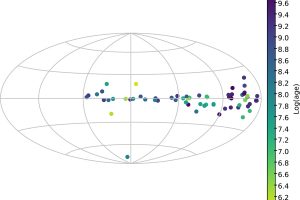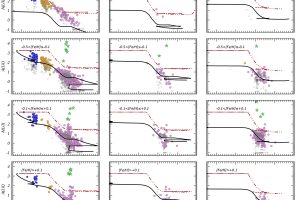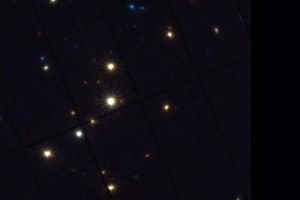A large catalog of stars associated with stellar clusters recently compiled in the framework of the Gaia-ESO Survey.

Star clusters are a product of the star formation process. During their gravitational collapse, in fact, molecular clouds fragment forming hundreds or even thousands of stars. During the first few tens of million of years of their evolution, the young stars formed in a cloud are bound by the intense mutual gravitational attraction, forming a stellar cluster. Star clusters are important
» Read more


